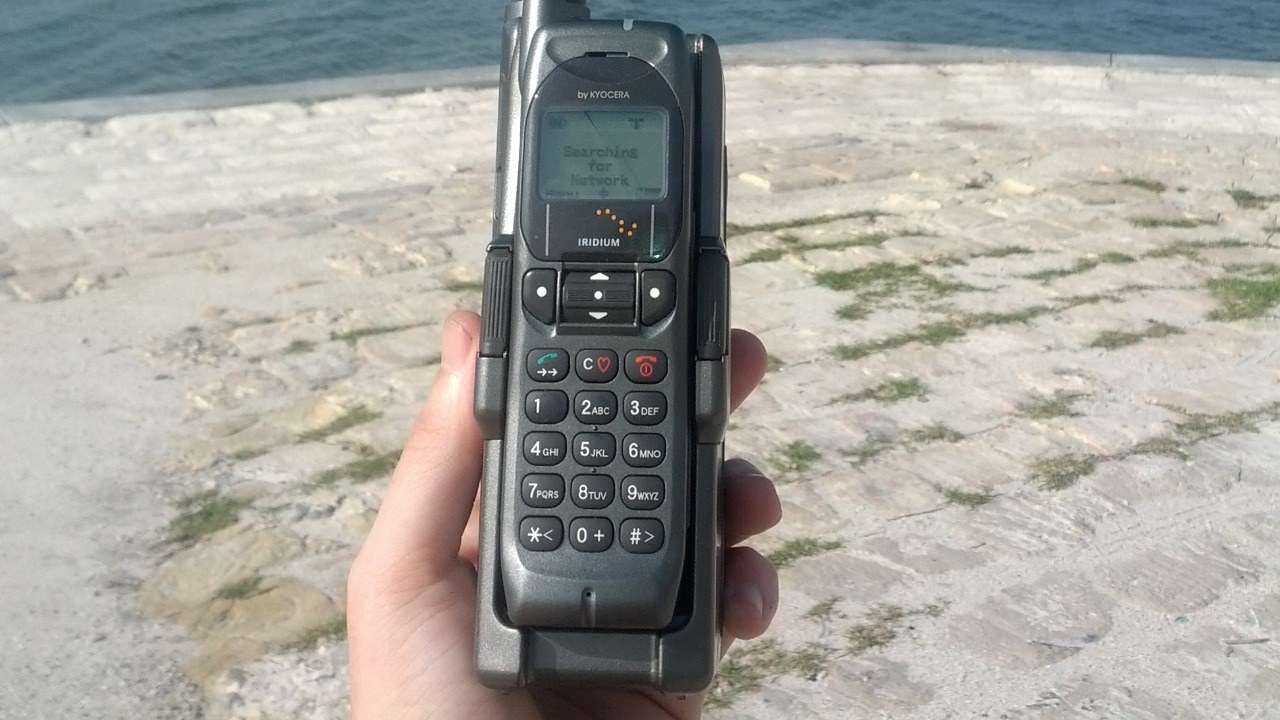
As we delve deeper into the digital age, the landscape of communication is shifting dramatically. Satellite phones, once seen as a tool reserved for specialized fields, are now on the verge of entering mainstream use. This surge in popularity may soon transform these devices into the next must-have gadget for everyone.
Understanding Satellite Phones

Satellite phones, or satphones, operate by connecting directly to orbiting satellites, bypassing the need for traditional cell towers. This allows for global coverage, enabling communication even in the most remote corners of the world. The technology behind satphones has been around since the 1960s, but it was not until the late 1990s that they became commercially viable, largely due to the efforts of companies like Iridium and Globalstar.
These pioneers made satellite communication accessible, spawning a new era of connectivity. Since then, advancements in technology have increased the capabilities of satellite phones, making them more compact and user-friendly, and significantly reducing costs.
The Advantages of Satellite Phones

The principal advantage of satellite phones is their global coverage. Unlike traditional mobile phones, which rely on a network of cell towers and are therefore restricted by geography, satellite phones offer coverage virtually anywhere on the planet. This can be a lifesaver in remote locations where cellular networks are non-existent or in areas where they have been compromised due to natural disasters or other emergencies.
Reliability in emergencies is another significant advantage of satellite phones. In situations like earthquakes or hurricanes, ground-based cell towers can be damaged, leaving people without a means of communication. Satellite phones, on the other hand, remain operable, providing a critical lifeline when it is needed most. This makes them an essential tool for emergency responders, adventurers, and anyone who needs reliable communication regardless of their location.
Next-Generation Satellite Phones: Changing the Game

Today, technological advancements are revolutionizing the satellite phone industry. Next-generation satellite phones are becoming more user-friendly and affordable, sparking a shift in their traditional usage. For instance, the latest models from companies like Inmarsat and Thuraya feature touch screens, internet connectivity, and even social media apps, making them more akin to smartphones than their clunky predecessors.
Moreover, the advent of 5G and the Internet of Things (IoT) is further boosting the potential of satellite phones. With 5G, satellite phones can offer faster data speeds, while IoT integration allows them to connect with various devices and sensors, expanding their utility beyond mere communication.
Satellite Phones in Various Sectors

Satellite phones have long been used in defense and disaster management due to their reliability and wide coverage. They enable communication between soldiers in remote battlefields and command centers, and play a crucial role in coordinating relief efforts during natural disasters.
Satellite phones are also gaining traction in scientific research and exploration. Researchers in remote locations, such as the Arctic or deep-sea vessels, rely on satellite phones to keep in touch with their teams and share findings. Additionally, the tourism and adventure sector is increasingly adopting satellite phones. Whether it’s mountaineers scaling Everest or tourists on a safari in Africa, satellite phones ensure they stay connected, no matter where their adventures take them.
The Future of Satellite Phones

The future of satellite phones looks promising. As they become more user-friendly and affordable, their adoption in the consumer market is set to increase. However, there are potential challenges ahead. For one, the need for specialized equipment and the relatively high cost compared to regular mobile phones could hinder mass adoption. Yet, as technology improves and prices drop, these obstacles are likely to diminish.
The impact of satellite phones on the future of global communication is profound. As more people gain access to this technology, we can expect a more connected world, where communication barriers imposed by geography become a thing of the past. For a deeper insight into the future of satellite phones and their potential impact, check out this in-depth analysis.
The rise of satellite phones is not just a trend, but a testament to our unending quest for global connectivity. As technology continues to evolve, satellite phones may indeed become the next must-have gadget for everyone.